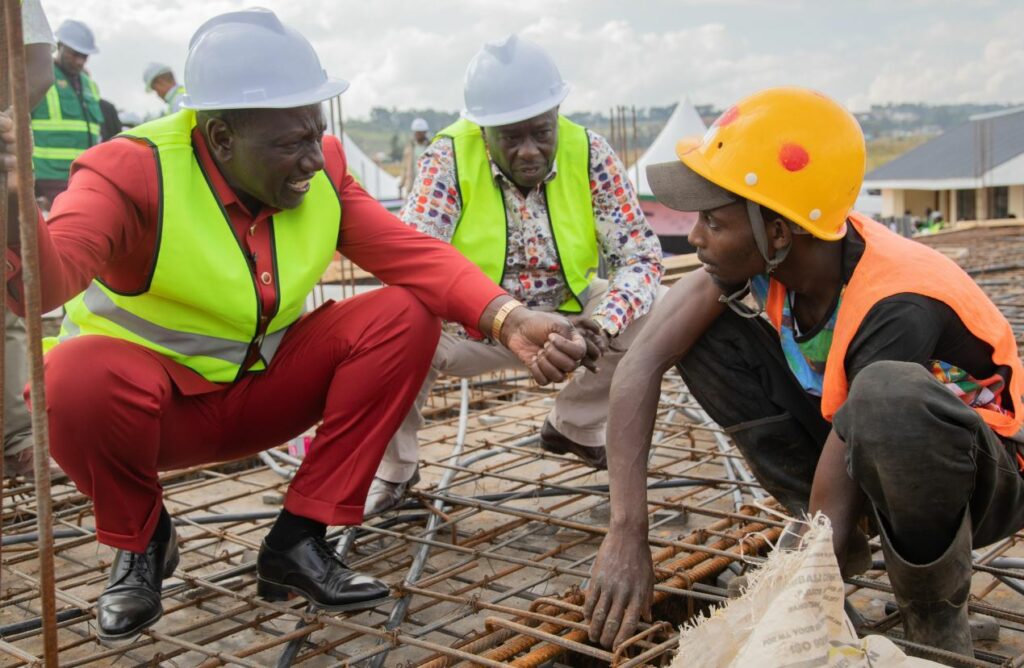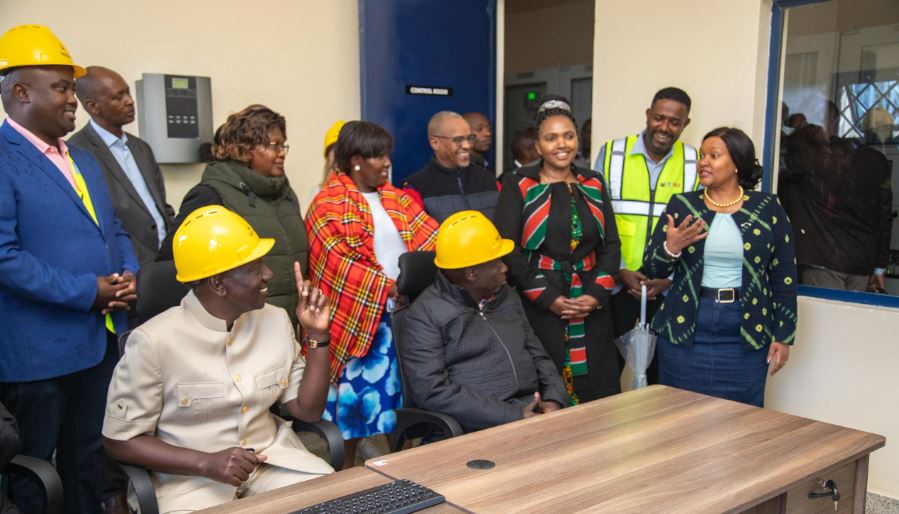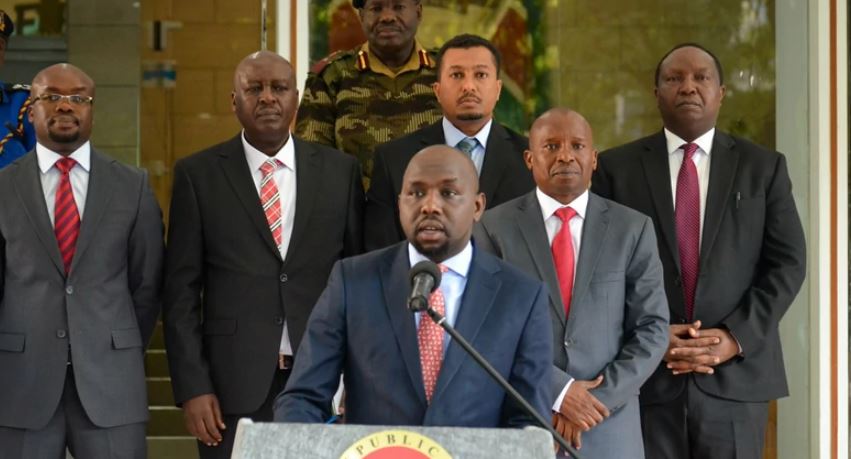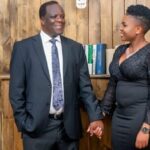 Self-taught artist Paul Njihia opens up about his pursuit of artistic passion, the obstacles he has faced, and the unique style he has cultivated in his journey.
Self-taught artist Paul Njihia opens up about his pursuit of artistic passion, the obstacles he has faced, and the unique style he has cultivated in his journey.
How did you discover your passion for painting, and what motivated you to become a self-taught artist?
I have always loved drawing since I was a kid and after becoming really good at it to the extent of getting portrait commissions. I wanted to try out other mediums and that’s how I found myself doing painting as it was the next logical step. I was already in college studying something else when I decided to take art seriously, and therefore It didn’t make sense to change courses and study art as I realised I could continue with the course I was studying while at the same time teaching myself painting. That way I killed two birds with one stone.
Can you describe the journey of self-teaching yourself to paint? What were the initial challenges you faced?
Teaching myself to paint was easy in that I had access to the internet in college and I used that to study how to paint by reading online articles and watching video tutorials. I would watch the tutorials and try to make a painting based on the techniques learned. The challenges I faced were that I had to buy the painting materials out of my own pocket as I was still a student. I didn’t know where people buy professional materials and I ended up buying substandard supplies from hardwares and general shops.
How has being self-taught influenced your unique artistic style and the subjects you choose to paint?
I don’t have a style, kind of ironic. Since I studied painting from different (online) teachers and sources, I couldn’t really stick to one person’s method or style. This led me to figuring out how to paint efficiently in a way that worked for me. Most of my paintings are mostly portraits and I sought out to study painting portraits as that’s what I was interested in. I have never really sought out landscape painting and other subjects. Hopefully, I will do that in the near future.
How do you choose your subjects and themes for your paintings, and what personal significance do they hold for you?
Most of my paintings are based on my surroundings, environment and my own experiences. When I see something or an idea that would really translate well in a painting, I always give it a try. This is mostly human interactions and activities where I yearn to capture the moment and mood in my painting. The more recent series of students that I am working on is based on my experiences in school. After graduating I found myself examining how long I had spent in school and I realised I had spent most of my life in school a total of 16 years. This led me to ask myself a lot of questions about how school influenced me positively and also negatively. This led to that student series where I try to look at those moments and try to capture them.
At what point in your painting journey did you realise that you were on the right path?
Almost two years after becoming a full-time artist, I got an opportunity to visit Germany for a month to showcase my artwork. I had never really thought that art would open such doors for me. I was just doing art because I was passionate about it and could not imagine myself doing something else.
Many self-taught artists find that their unique perspective allows them to break traditional artistic boundaries.
Well, being self-taught has led me to look at things in the non-classical and traditional way of painting. This can be seen in how I started painting people from an aerial perspective just because I wanted to and I wasn’t stuck in painting people from the normal eye level view that’s used mainly in school and formal art institutions. Being self-taught also lets me combine different art influences in my paintings such as illustration and caricatures.
In 2014 you won the award of Most Promising Male Artist. How has this shaped your career since then?
The award from the Museum didn’t really have a big impact on my career. But the award which they gave me, which was a shopping voucher, really did as I used it to get art supplies from Textbook Centre.
How do you handle criticism or feedback on your work, and how has it shaped your growth as an artist?
I try to take all criticism positively. However, I only take criticism seriously only if it’s from a person that I would also take advice from. I usually listen and give myself time to think about whether the criticism makes sense or not without letting my ego get in the way. That way I have been able to improve my artwork in ways that I couldn’t have if I was only relying on my own judgement only.
Having participated in art residencies in Tanzania and Germany, how did it influence you?
The residencies made me strengthen my resolve to continue in art as a career. I also made some great friends who I really admire and how they work and think differently from me.
Art often serves as a means of cultural expression. How does your art contribute to conversations about Kenyan culture and identity?
In paintings I try to put the spotlight on some issues that affect society. These issues may be things like the relevance of the education system and group mentality.
How do you balance the preservation of traditional Kenyan art forms with the innovation and experimentation in your own work?
I honestly have no idea what Kenyan traditional art forms are. However, I try to experiment with all mediums and techniques available to me. I don’t want to limit myself as I feel different mediums have their own strengths and advantages. That’s why I do painting, sculpture and Digital art.
What message or legacy do you hope to leave through your art?
I hope to inspire the younger generation so that they take up art as a career and that they don’t have to limit themselves to one medium only. I also try to focus on issues around me which don’t ‘sell’ but are important to me as a Kenyan and African.
Source: Arts Lounge/The Standard








